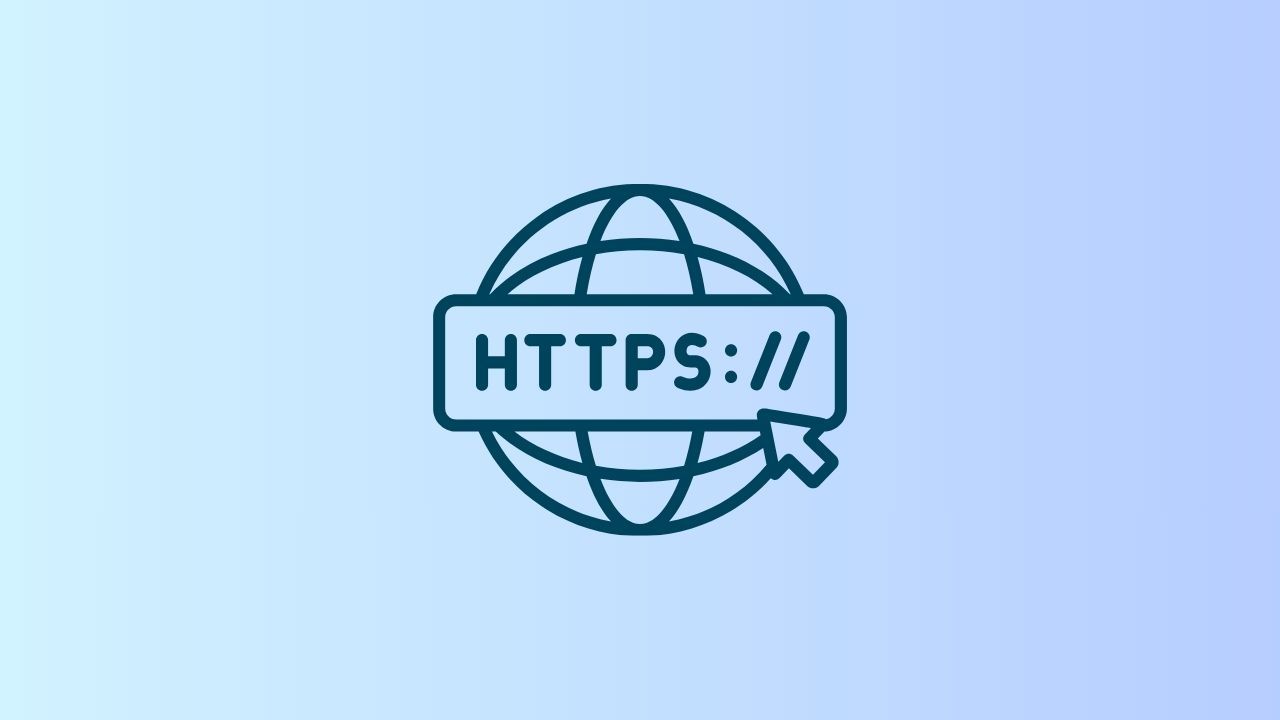
At Wave Browser, our mission is to make browsing not only faster and simpler but also safer for everyone. Whether you’re reading the news, checking emails, or supporting eco-friendly causes online, protecting your privacy is essential. That’s where HTTPS comes in.
Short for hypertext transfer protocol secure, HTTPS has become the global standard for building a more private, secure, and trustworthy internet.
In this article, we’ll explain what HTTPS is, how to identify it in your browser and in search engines, and why its role is so important for keeping your information safe online.
What Is HTTPS?

HTTPS is the secure version of the hypertext transfer protocol (HTTP protocol), the core transfer protocol that enables the World Wide Web. It works by adding a security protocol on top of HTTP, ensuring that sensitive information is encrypted during transmission. Using TLS encryption (also called transport layer security) or its predecessor, secure sockets layer (SSL), HTTPS makes it possible to create secure connections between your device and a web server.
The process relies on certificate authorities — sometimes called a trusted certificate authority — to issue digital certificates. These certificates validate a site’s authenticity, confirming that it really is the secure website you intended to visit. When your browser makes an HTTP request, HTTPS ensures that data travels safely across the transport layer.
What Is HTTPS Used For?

HTTPS is primarily used to protect sensitive data like passwords, payment details, and private communications. Without it, HTTP websites risk exposure to threats such as DNS spoofing, where the domain name system is manipulated to misdirect traffic. For website owners, adopting HTTPS is no longer optional — it’s a critical step in safeguarding visitors.
Search companies also recognize this. Search engines like Google consider HTTPS a ranking signal, rewarding HTTPS websites with better search rankings. By upgrading their server with TLS certificates, website owners demonstrate their commitment to privacy and security while also improving visibility.
How to Identify HTTPS in Your Browser

Modern browsers make it simple to spot a secure site.
- Look for the lock icon in the address bar and check that the URL starts with “https://.”
- Some sites also display their certificate details, including the issuing certificate authorities.
Features like server name indication allow multiple secure domains to share one IP address, ensuring broader adoption without requiring individual servers for every domain.
If you land on a site without HTTPS, your browser may warn you that the connection is not secure. This helps you decide whether to trust the site before entering personal details.
The Role of the Server in HTTPS Verification
When you visit a website, the server is responsible for initiating the HTTPS handshake. It confirms its identity by sending authentication details to your browser.
If the server is properly configured with HTTPS, it ensures that the connection you’re making is genuine and secure, preventing attackers from posing as the site you want to reach.
Checking a Website’s Certificate Details
Every HTTPS site relies on a certificate issued by a trusted authority. By clicking the lock icon in the address bar, you can view details such as the issuer, validity period, and domain ownership.
Reviewing a site’s certificate helps verify that you’re interacting with the official version of a website rather than a fraudulent copy.
How SSL Helps Create a Secure Connection
SSL (Secure Sockets Layer) was the original technology used to encrypt communication between your browser and a website. While it has largely been replaced by TLS, the term SSL is still widely used to describe the encryption process.
By creating a secure channel, SSL ensures that your private data — from passwords to payment details — cannot be intercepted or read by outsiders.
What Is The Difference Between HTTP And HTTPS?

HTTP is the foundation of data communication on the web, while HTTPS adds a layer of security through encryption. This ensures that data exchanged between your browser and the server remains private and secure, protecting against eavesdropping and tampering.
Hypertext Transfer Protocol
The shift from http to HTTPS was driven by the need for a safer, encrypted web.
Originally, HTTP transmitted data in plain text, leaving it vulnerable to interception. As cyber threats grew, encryption technologies like public key and private key systems were adopted to protect communication.
Over time, default HTTPS became the industry standard. Today, most sites, from small blogs to large e-commerce platforms, rely on HTTPS for trust and credibility.
Benefits of HTTPS for Security

Switching to HTTPS offers multiple advantages:
- Data Protection: Encryption prevents outsiders from reading personal details, login credentials, or payment information.
- Trust & Transparency: A secure site verified by a trusted certificate authority reassures visitors.
- Better Visibility: With HTTPS as a ranking signal, search engines boost secure sites in results.
- Safe Browsing: HTTPS reduces risks of man-in-the-middle attacks, phishing, and dns spoofing.
- Future-Proofing: Adoption of TLS, TLS certificates, and modern encryption standards ensures compliance with evolving security needs.
By embracing HTTPS, website owners not only protect visitors but also contribute to a safer world wide web.
Wave Browser is built with privacy and protection in mind, complementing the safeguards that HTTPS already provides.
With features like built-in ad blocking, protection against trackers, and customizable search tools, it helps you recognize when you’re on a secure website and avoid risks tied to unprotected http websites. Just as HTTPS ensures that your http request travels through a safe transport layer, Wave Browser ensures your overall browsing remains fast, private, and eco-friendly.
Together, HTTPS and Wave Browser give you the confidence to explore the web securely — one tab at a time.




























